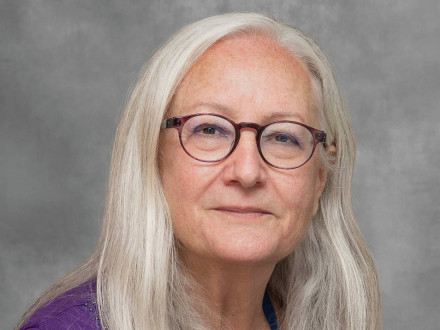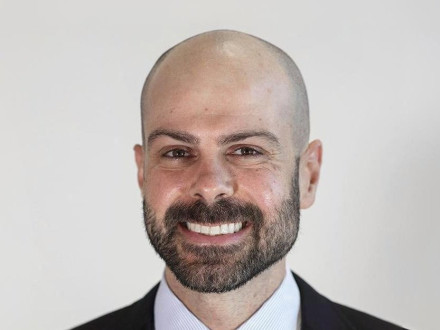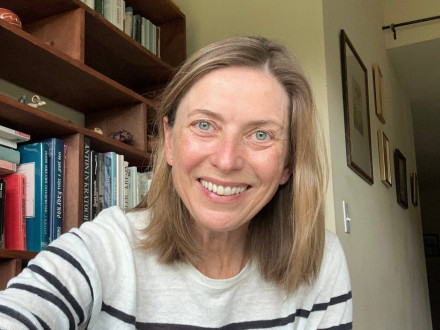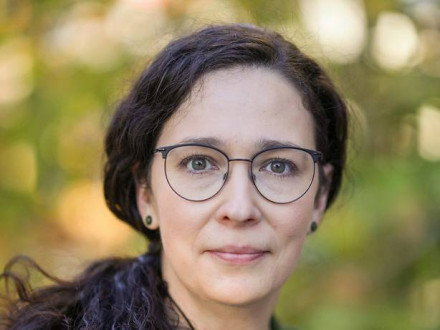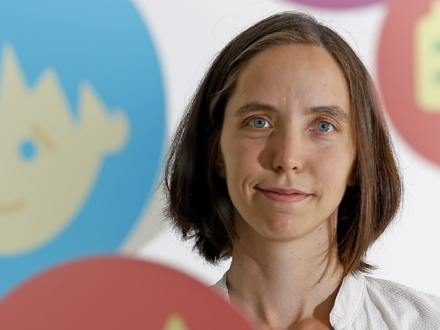Dr Jesse Kerr Sandberg is a Clinical Assistant Professor of Radiology at Stanford University, specializing in pediatric radiology and musculoskeletal imaging. He earned his bachelor’s degree in Biomedical Engineering from Duke University in 2008 and his MD from the David Geffen School of Medicine at UCLA in 2013. His current research interests include ultrasound elastography, ultrasound contrast applications, MRI sequence development, high-intensity focused ultrasound (HIFU), and musculoskeletal ultrasound.
Was there a particular experience or moment in your life that inspired you to pursue a career in paediatric radiology? What led you to focus on working with children rather than adults?
I went into paediatric radiology for multiple reasons. I love the collaborative environment of children's hospitals, as a consultant (who is often thought to be behind the scenes) I feel like I am part of the treatment team. I also enjoy working and interacting with the children and their families and helping them in their diagnostic and treatment process. The disease pathologies in children I find more fascinating and diverse than the adult population. My journey to become a paediatric radiologist likely started at an early age, middle school and high school, where I was the head coach of the Special Olympic swim team in my area. I truly enjoyed working with this population and knew at that point I wanted to work with children in the future. When I decided to pursue medicine, as a technology enthusiast and majored in Biomedical Engineering, Paediatric Radiology seemed to be a great fit for my interests. After shadowing paediatric radiologists and participating in research at Duke University, I knew my career path. I have not regretted it since.
Paediatric radiology is quite distinct from adult radiology. What are some of the main challenges involved in imaging children?
The diverse patient population creates difficulties in how to image patients of varying ages and sizes, this is a challenge in every imaging modality. For instance, the approach to perform an MR image in a preterm neonate will vary widely than a young adult. More care has to be taken into every case to consider the needs of every child, such as whether anaesthesia needs to be perform or whether a protocol can be shortened. Emotions can often run high from every level of the care team, which I think is natural when a child is involved. Paediatric radiology is also considered a generalist specialty, as we tend to read all modalities and subspecialties, whereas as adult radiologists tend to subspecialize more.
Alongside your clinical and research achievements, teaching plays an important role in your work. What strategies have you found most effective in keeping medical students engaged and motivated?
Keeping the students engaged is key, even though they might not be interested in paediatric radiology. Giving them goals and expectations at the beginning of each day tends to help. Reading out as many cases in person and teaching them at least one thing on every case, letting them ask as many questions as they want, help them feel listened to. In addition, assigning them mini homework throughout the day, like looking up an article on a particular pathology, has improved the education process. Lastly, having an "open door policy" in which they can reach out and ask any clinical or career questions helps connect me with the students.
You’re presenting three lectures at the Motol Day of Imaging in Paediatric Radiology- covering benign bone lesions, the use of contrast-enhanced ultrasound in imaging paediatric IBD, and the process of peer learning. What can participants look forward to in each of these sessions?
Participants can look forward to a well organised and succinct presentations which are clinically relevant and informative.
Související
Motol Day of Imaging in Paediatric Radiology / Masterclass
29 May 2025
9:00—17:00
Great Lecture Hall, Motol University Hospital
For Me, Teaching and Learning Is a Two Way Street, Says Stanford Professor Beverly Newman
At the upcoming Motol Day of Imaging in Paediatric Radiology / Masterclass, she will deliver a lecture titled Late Presentation, Complications, and Mimicry of Congenital Pulmonary Anomalies. A conversation.
Multimodal Information is the Key to Improving the Automated Analysis of the Epileptic Brain, Says Dr Bruno Passebon Soares
A conversation with a Stanford radiologist and speaker at the Motol Day of Imaging in Paediatric Radiology, scheduled for 29 May 2025.
Contrast Enhanced Ultrasound Provides Additional Information to Regular Ultrasound About Perfusion of Organs
A conversation with a Stanford radiologist and one of the speakers at the Motol Day of Imaging in Paediatric Radiology, scheduled for 29 May 2025.
If You Don’t Like Your Place/Specialty/Life, Make a Change, Don’t Complain
A conversation with a Stanford radiologist and one of the speakers at the Motol Day of Imaging in Paediatric Radiology, scheduled for 29 May 2025.
Doctors Care About the Safety of the Child Patient, but Parents Should Not Feel Blamed When Communicating With Them
A conversation with Dr Eliška Popelová, a speaker at the Motol Day of Imaging in Pediatric Radiology (29 May 2025).


